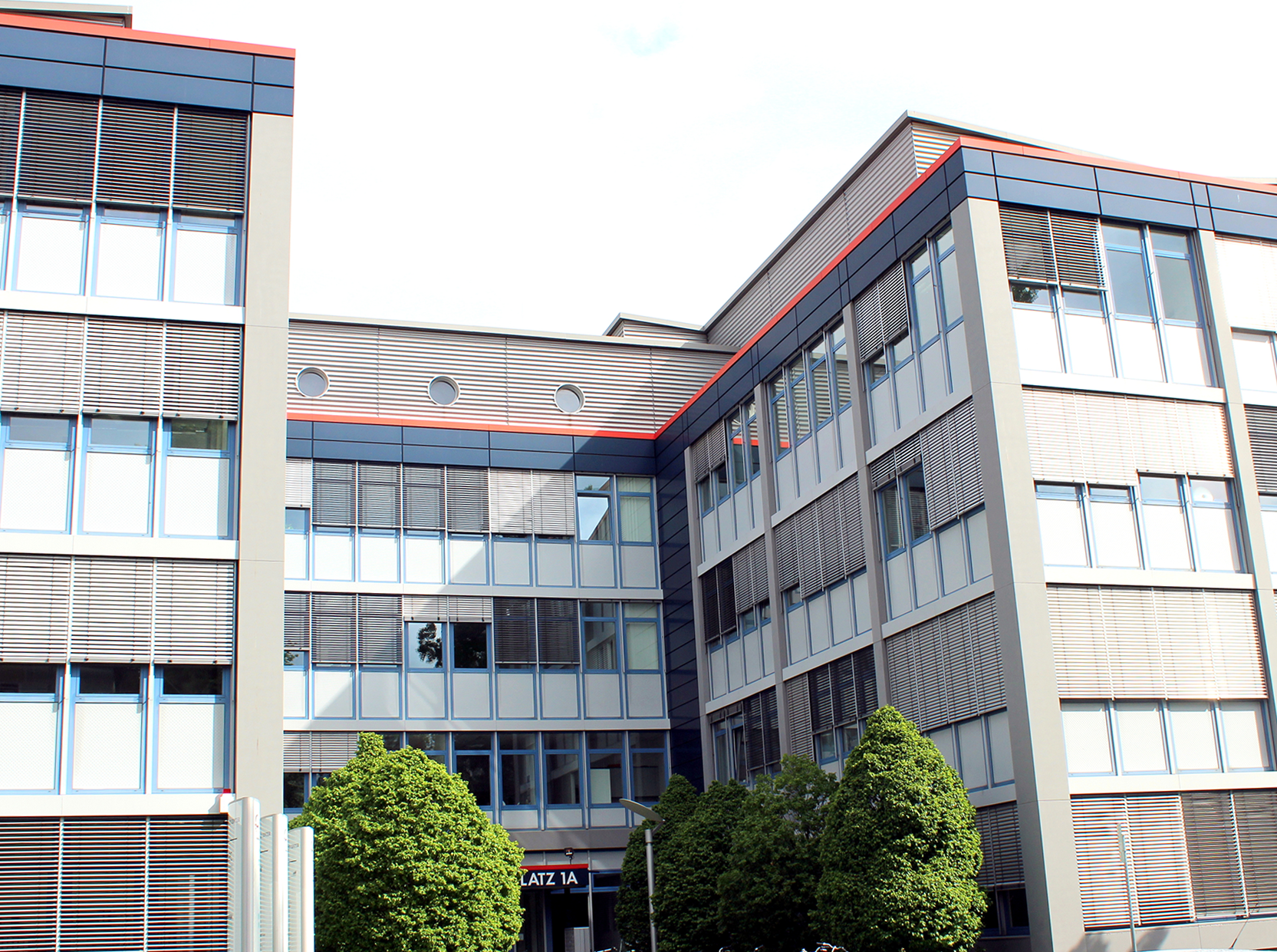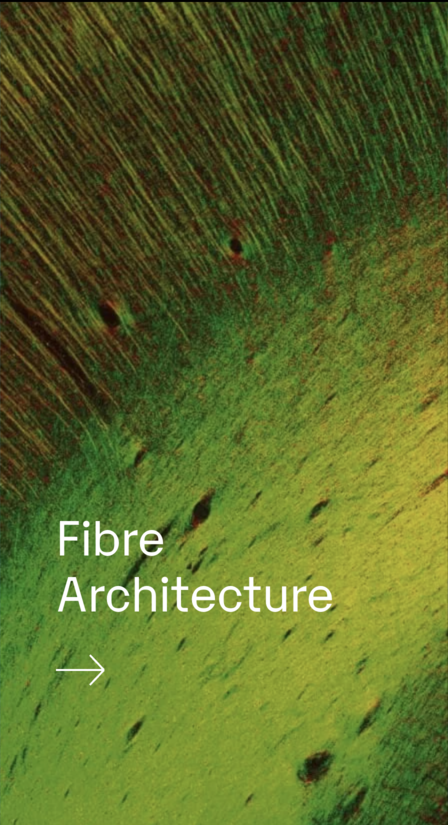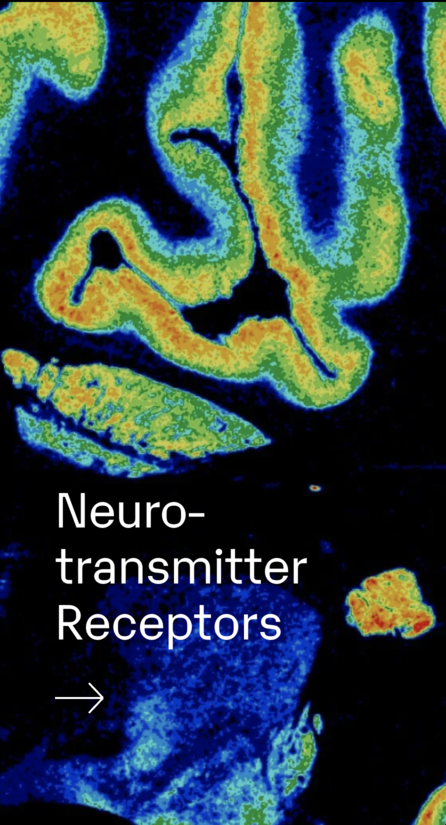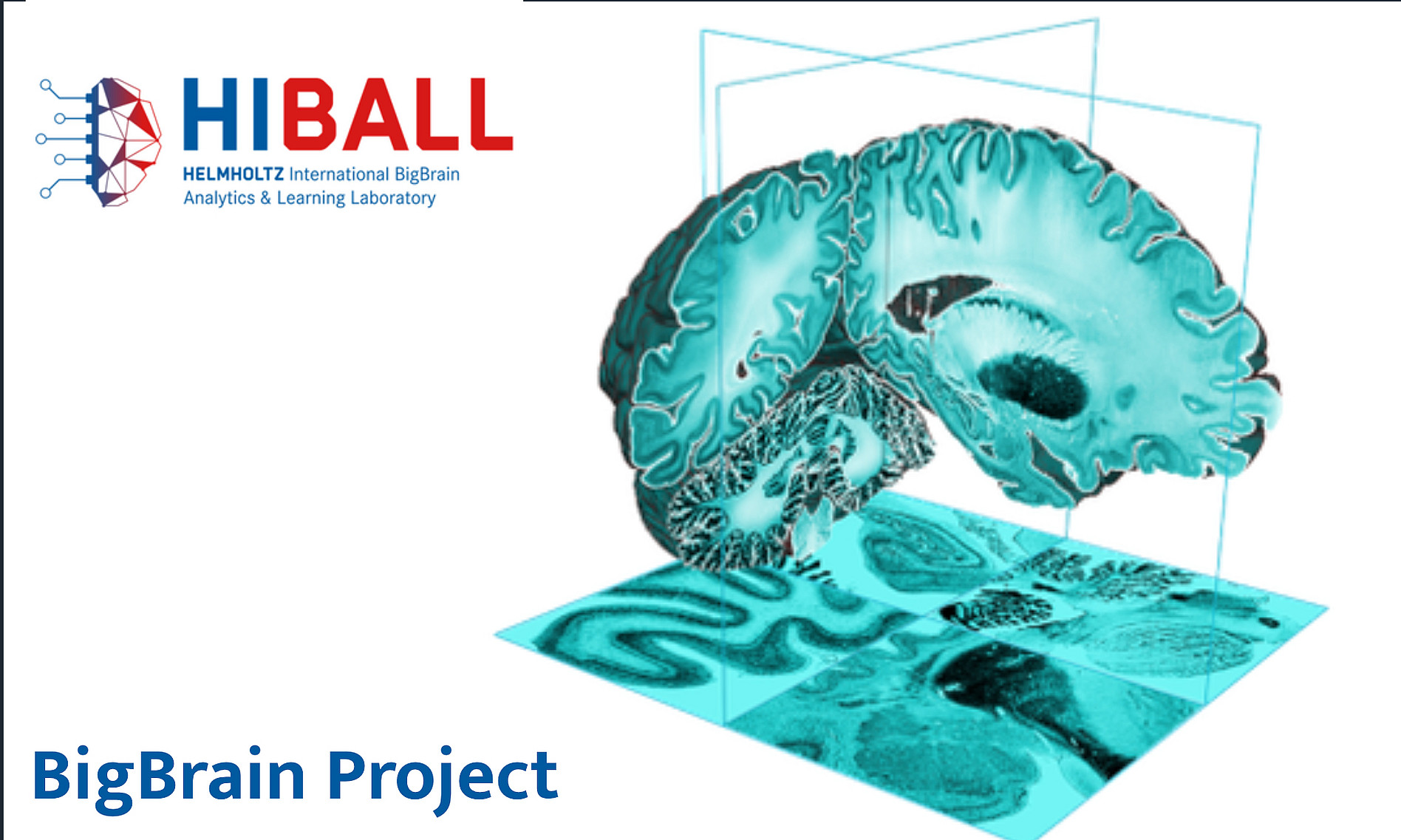The brain is one of the most complex systems of all and a very fascinating object of our research. At the Cécile and Oskar Vogt Institute of Brain Research, we address the questions of organizational principles and functions of the brains of different species - first and foremost - the human brain.
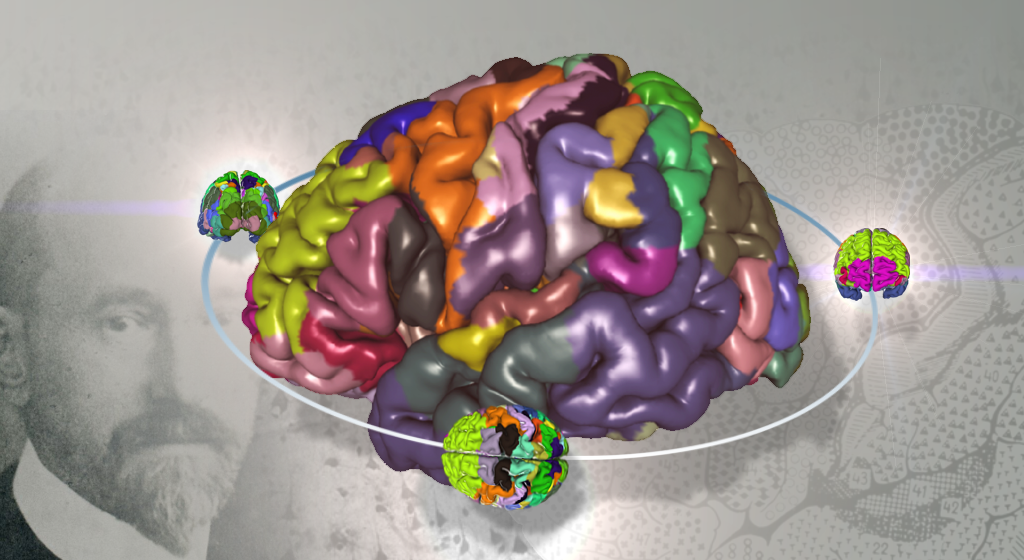
Together with the Institute of Neurosciences and Medicine (INM-1) at Research Center Jülich, we are involved in the development of 3D models and atlases of the human brain that take into account cytoarchitectonics, connectivity, molecular organization as well as genetics and brain function. Based on the architectural and functional data, a first 3D atlas of the human brain has been created, the Julich-Brain Atlas.
Our goal is the complete cytoarchitectonic mapping and analysis of the human cerebral cortex and its deeper nuclear areas. Using new 3D polarization light imaging, it is possible to study the structural connectivity and fiber pathway architecture of the brain with outrageous micron-scale resolution. Furthermore, the study of neurotransmitter receptors and transmitters provides the molecular basis for structure-function relationships in the brain. In addition, we are investigating the architectural differences (inter-individual variability) of brains which are recorded in probabilistic maps that reveal differences in size and location of cortical areas.
In cooperation with Research Center Jülich and and the Montreal Neurological Institute (MNI) of McGill University, a 3D model of a human brain was developed in extremely high resolution (based on 7,404 digitized histological sections). The so-called BigBrain model of the Helmholtz International Lab HIBALL is a free tool and offers unique neuroanatomical insights. We make our brain maps available to the scientific community. They are part of the HBP Human Brain Atlas and can be merged with functional neuronal imaging data via the Anatomy Toolbox. The Human Brain Project (HBP) also integrates the BigBrain as part of the HBP Human Brain Atlas and provides an interactive online viewer (Siibra Explorer) via its new digital infrastructure EBRAINS.




